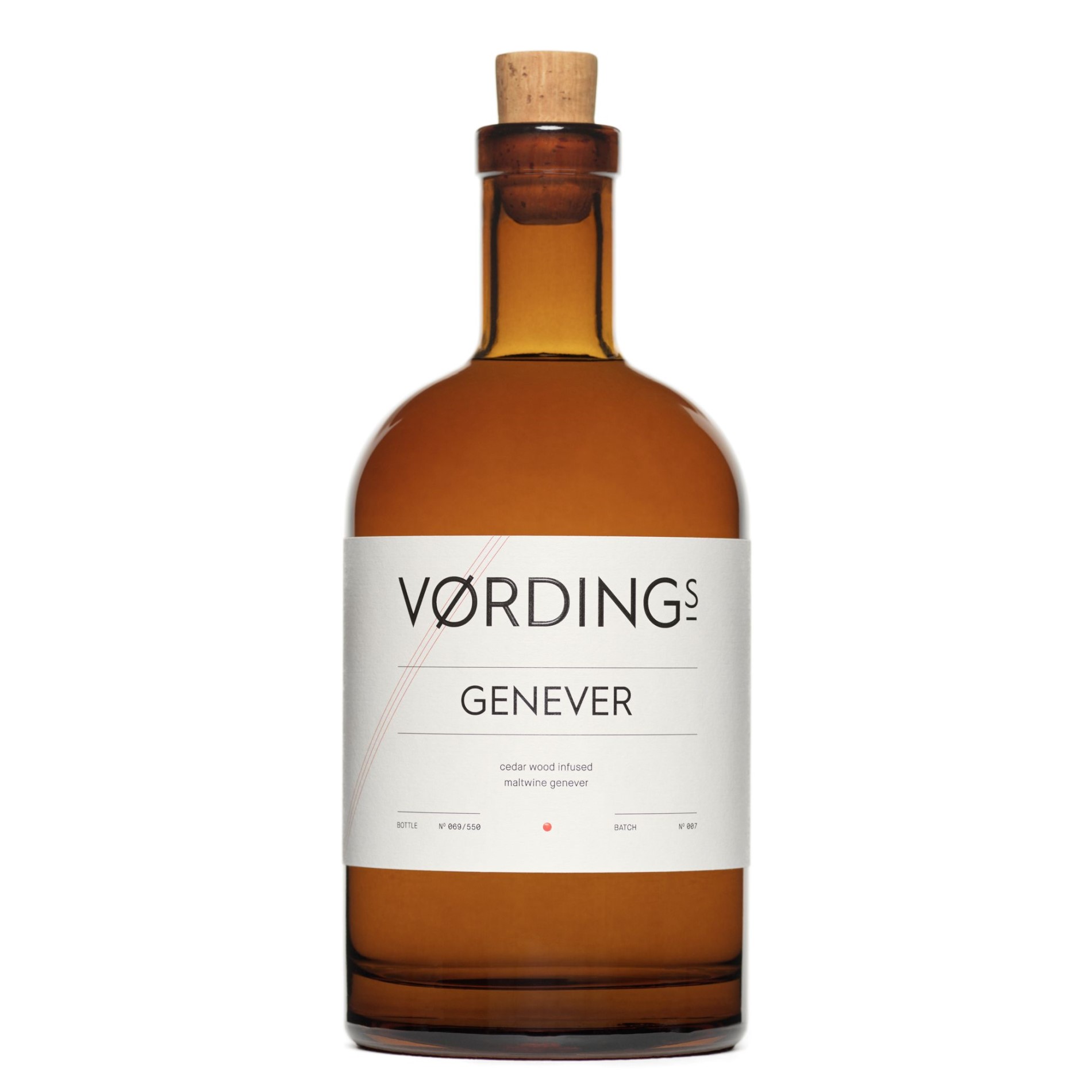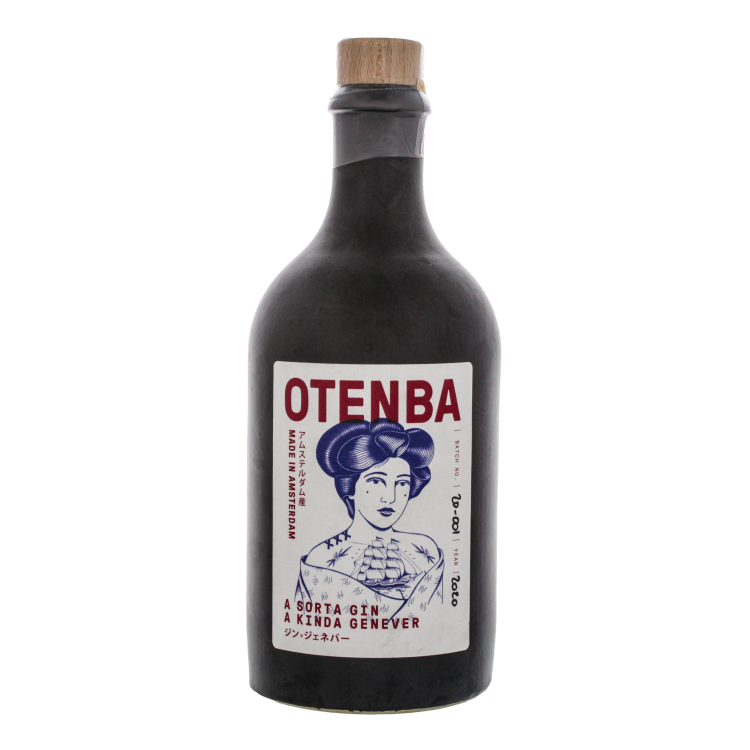The earliest documented mention of genever dates back to the late 16th century, although its origins likely extend even further into the past. At that time, it was primarily used for its medicinal properties, with juniper berries believed to have various health benefits.
By the 17th century, genever had become a popular beverage in the Netherlands, particularly among the working class. Distilleries began producing it on a larger scale, and it became an integral part of Dutch culture and social life. Taverns and gin shops, known as "jeneverstokerijen," sprung up across the country, offering a variety of genever styles to patrons.
One significant development in the history of genever occurred in the early 17th century when the Dutch introduced it to England. English soldiers fighting alongside Dutch troops in the Thirty Years' War discovered genever and brought it back to their homeland. Initially marketed as "Dutch courage," due to its perceived fortifying effects, genever gained popularity in England and eventually evolved into what we now know as gin.
Back in the Netherlands, genever continued to evolve, with distillers experimenting with different production methods and ingredients. Two main styles of genever emerged: jonge (young) and oude (old). Jonge genever is lighter and more neutral in flavor, while oude genever is richer, maltier, and more akin to the original spirit.
In the 18th century, genever experienced a period of rapid growth, fueled by advancements in distillation techniques and the expansion of trade networks. Dutch merchants exported genever to various parts of the world, including Southeast Asia, where it became popular among colonial settlers and indigenous populations.
However, genever's fortunes took a downturn in the 19th century due to a combination of factors. The rise of industrialization led to the mass production of cheaper spirits, which posed stiff competition to traditional genever distillers. Additionally, changing tastes and preferences shifted towards lighter, drier spirits like London dry gin, further marginalizing genever.
Despite these challenges, genever persevered, albeit on a smaller scale. In the Netherlands, it maintained its status as a beloved national drink, with distilleries continuing to produce high-quality genever using traditional methods. In recent years, there has been a resurgence of interest in genever, both in its home country and abroad, driven by a growing appreciation for craft spirits and traditional recipes.
Today, genever enjoys a niche but dedicated following among enthusiasts and mixologists who appreciate its rich history and complex flavor profile. While it may never reclaim the global prominence it once held, genever remains an important cultural symbol of the Netherlands and a testament to the enduring legacy of this ancient spirit.



